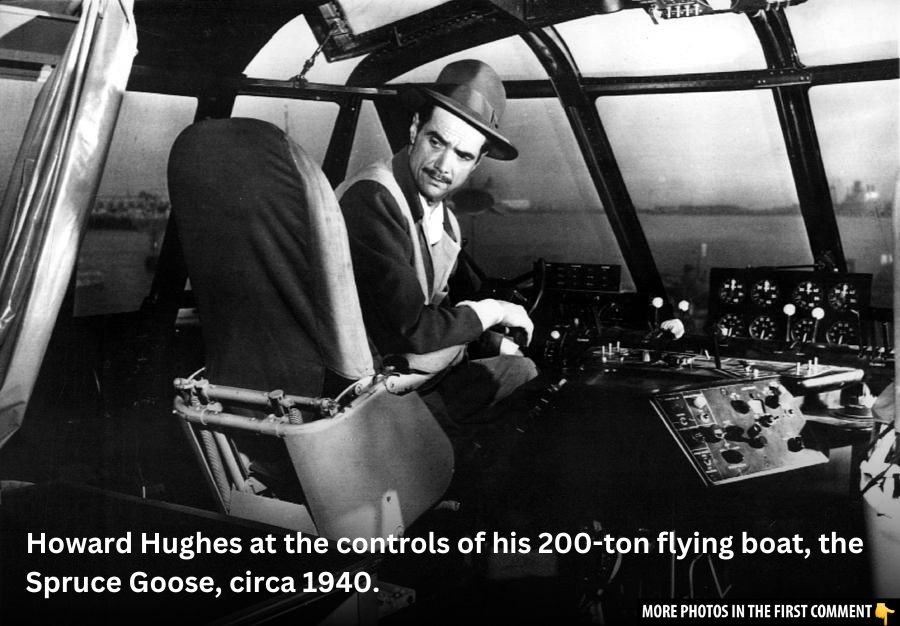In the midst of World War II, as the world’s largest oceanic powers scrambled to defend vital shipping lanes, a bold idea emerged from the imagination of a man who believed in the impossible. Howard Hughes, an eccentric billionaire aviator and film mogul, defied conventional wisdom to create what would become the largest flying boat the world has ever known—the H-4 Hercules, better known as the “Spruce Goose.” In this article, we explore the remarkable story behind the creation, flight, and legacy of this colossal aircraft that captivated the world’s imagination.
The Rise of the Spruce Goose: A Bold Vision Amid Crisis
In 1942, the Allies were facing a dire situation in the Atlantic. German U-boats were sinking Allied ships at a staggering rate, threatening to sever crucial supply lines. The loss of 681 ships in the first half of the year alone was more than the U.S. could replace. To solve this crisis, the U.S. War Production Board (WPB) proposed a daring solution: building a giant flying boat capable of transporting supplies over the ocean, beyond the reach of enemy submarines. But to bring this vision to life, they needed an innovator—someone who could turn this ambitious idea into reality.
Enter Henry Kaiser, an industrial giant with a reputation for tackling monumental projects. Kaiser, who had already revolutionized shipbuilding with his Liberty Ships, saw the potential in flying boats. He envisioned a fleet of gigantic flying machines to carry cargo across the seas. However, there was one problem: no one in the aircraft industry believed it could be done. The solution came when Kaiser partnered with Howard Hughes, a brilliant but reclusive aviation pioneer known for his ability to dream big and defy the odds.
Howard Hughes: The Maverick Entrepreneur and Aviator
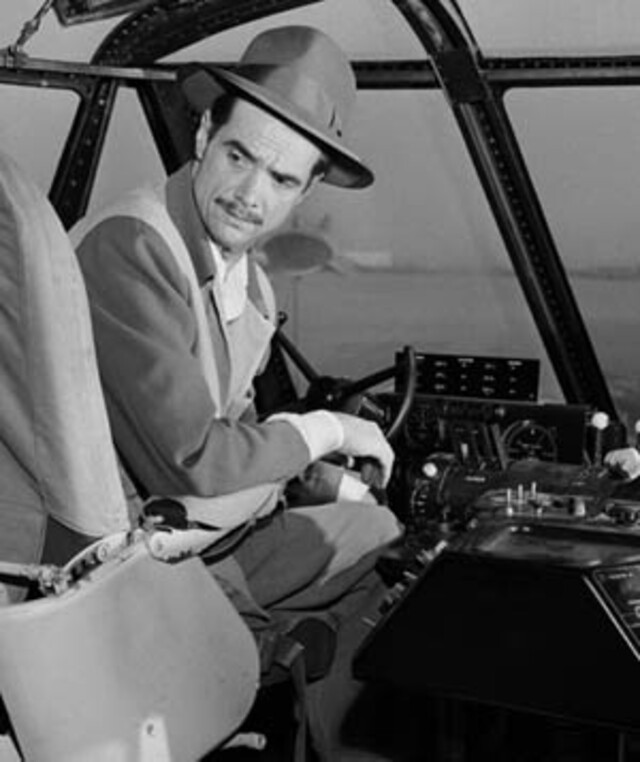
Howard Hughes was a man of many contradictions. A celebrated film director, he was also a genius aviator who set world records for speed and endurance. By the time World War II began, Hughes had already made a name for himself in the aviation world, designing and flying revolutionary aircraft like the H-1 Racer and the H-2. Despite his Hollywood fame, Hughes shunned the public eye, preferring to focus on his passion for aviation.
When Hughes was approached by Kaiser to build the world’s largest aircraft, he was intrigued. The challenge was immense, but Hughes’s obsession with perfectionism and pushing technological boundaries made him the perfect candidate for the job. Together, Hughes and Kaiser received a government contract worth $18 million to design and build three prototype flying boats. The project was ambitious, but Hughes, with his characteristic determination, was ready to tackle it head-on.
Video
The Herculean Task: Building the World’s Largest Aircraft
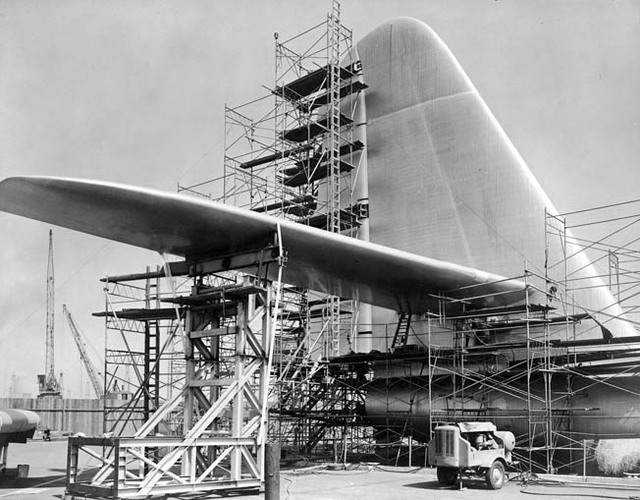
The road to creating the H-4 Hercules was anything but smooth. Hughes and his team faced numerous challenges, from engineering complexities to material shortages. The primary obstacle was the government’s restriction on using critical materials like aluminum, forcing Hughes to build the plane primarily out of wood. Critics scoffed at the idea, dubbing it the “Flying Lumberyard,” but Hughes was undeterred.
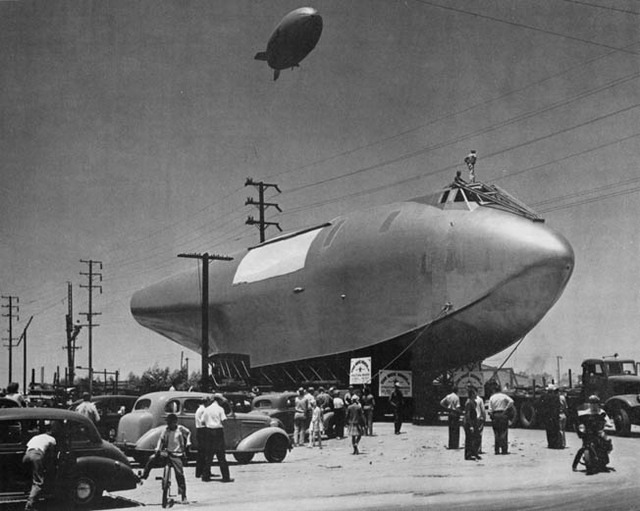
To solve the problem of constructing such a massive aircraft out of wood, Hughes developed an innovative technique known as Duramold. Layers of thin birch veneers were bonded together with resins to create a strong, rivet-free surface. Each piece of wood was carefully weighed and matched to ensure the aircraft’s balance and structural integrity. This level of craftsmanship and precision set the H-4 apart from anything that had been built before.
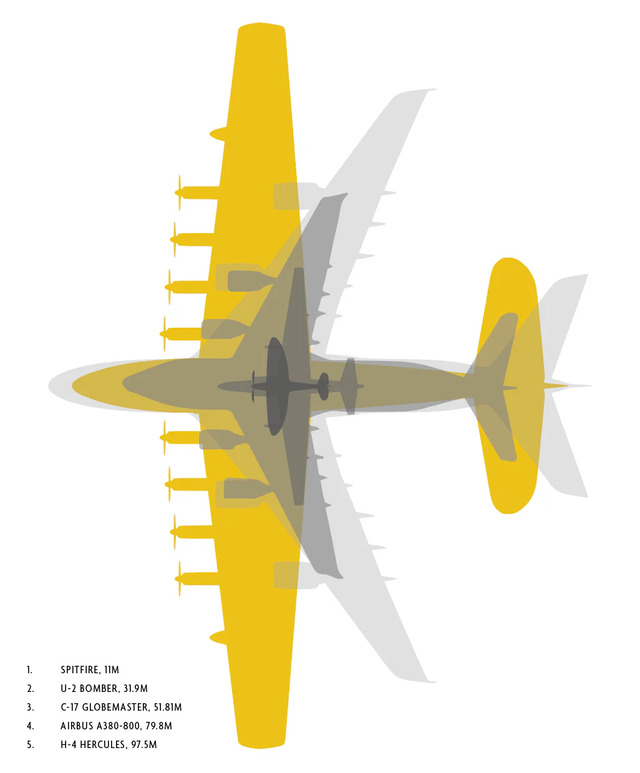
The scale of the Hercules was truly mind-boggling. With a wingspan of 320 feet—longer than the Statue of Liberty is tall—the aircraft was more than double the size of any contemporary plane. Its eight Pratt & Whitney engines, each producing 3,000 horsepower, were capable of lifting the 400,000-pound airframe. Designed to carry 400 troops or two Sherman tanks, the Hercules was a feat of engineering and a testament to Hughes’s vision.
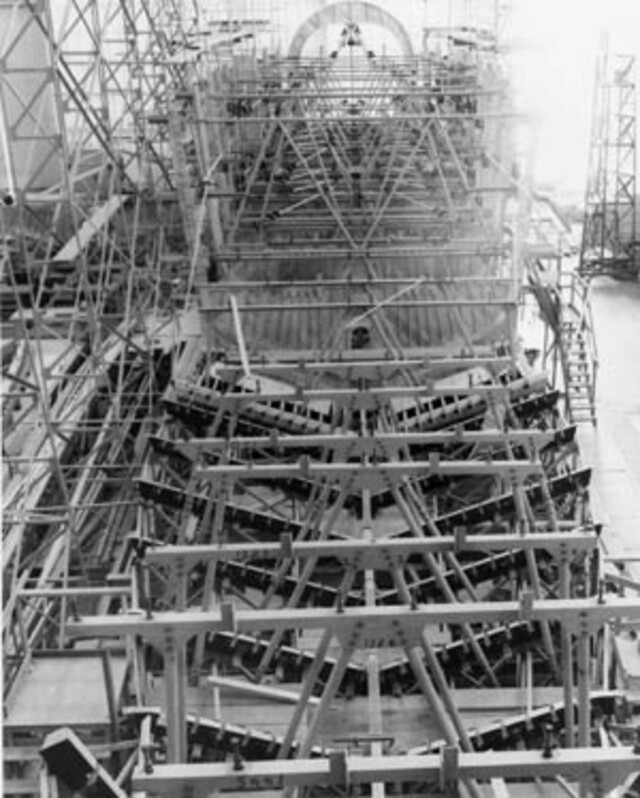
The First and Last Flight of the Spruce Goose
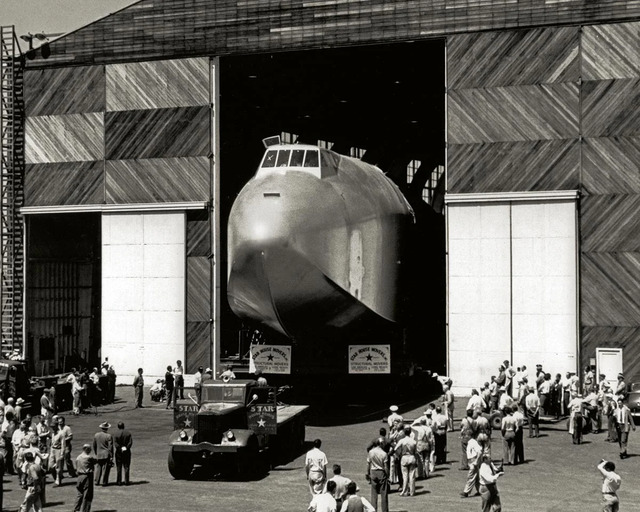
After years of construction delays, the H-4 was finally ready for its first flight in 1947. The journey from Hughes’s factory in Culver City to Long Beach, where the plane would be assembled, was a spectacle in itself. Over 2,000 telephone and power lines had to be removed to make way for the enormous fuselage, and crowds lined the roads to witness the colossal sight.
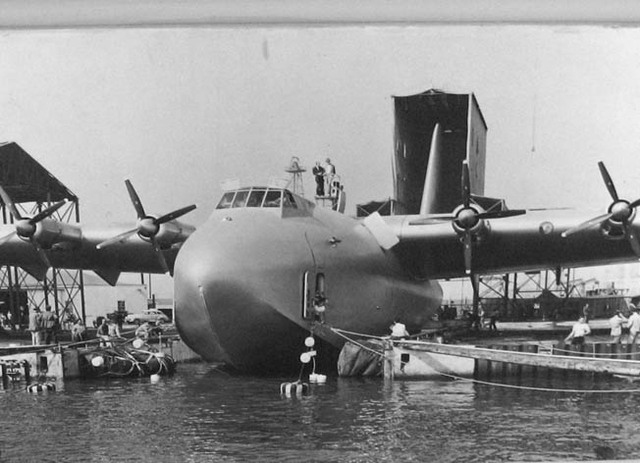
But by the time the aircraft was completed, the war was over, and the need for such a massive cargo plane had diminished. Despite this, Hughes was determined to see the project through. He continued working on the aircraft, even as critics called the project a waste of resources. In the summer of 1947, Hughes was called before the Senate to defend his creation, and his reputation was on the line.
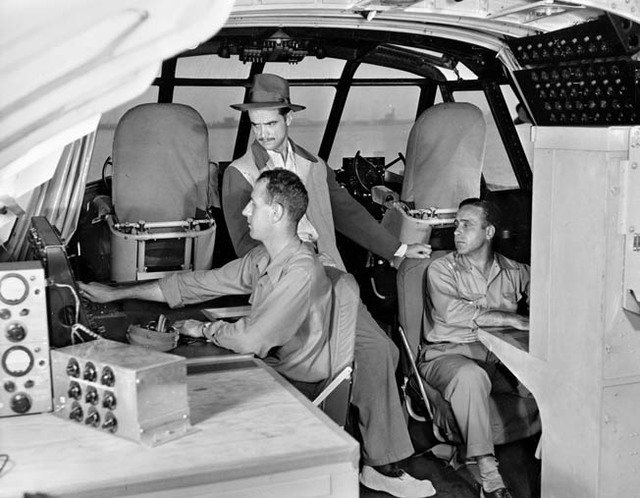
Undeterred by the mounting pressure, Hughes set a date for the plane’s taxi tests. On November 2, 1947, the world watched as the Hercules made its first and only flight. Hughes piloted the aircraft, which surprised everyone by lifting off the water and flying for a brief distance, staying airborne at 70 feet for about a mile. Although the flight was short and unspectacular, it proved that the Hercules was capable of flight. Hughes had silenced his critics, but the aircraft’s usefulness had already passed.

The Aftermath: Why the Hercules Never Flew Again
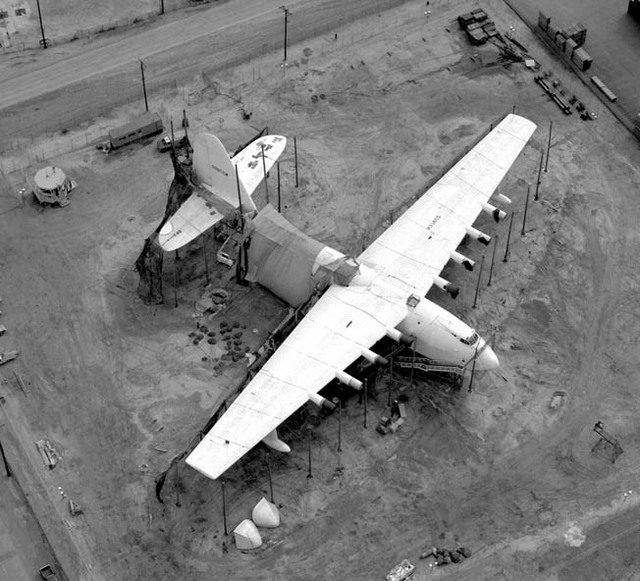
The Hercules’s flight was a triumph of engineering, but it was also the end of the road for the project. After the test flight, Hughes announced that the aircraft was a research vehicle, not meant for military or commercial use. The need for such a giant flying boat had evaporated, and the military no longer saw the value in continuing the project. Despite the aircraft’s impressive size and capabilities, Hughes’s focus shifted to other ventures, and the Hercules was placed into long-term storage.

For years, Hughes continued to maintain the plane, ensuring it remained in flying condition, though no further flights were ever attempted. The reasons for this remain speculative. Some suggest that Hughes was reluctant to fly the aircraft again due to concerns about its structural integrity, while others believe he simply grew distracted by his other projects. Whatever the reason, the Hercules never flew again, and after Hughes’s death in 1976, the plane was placed on display at Long Beach, California.
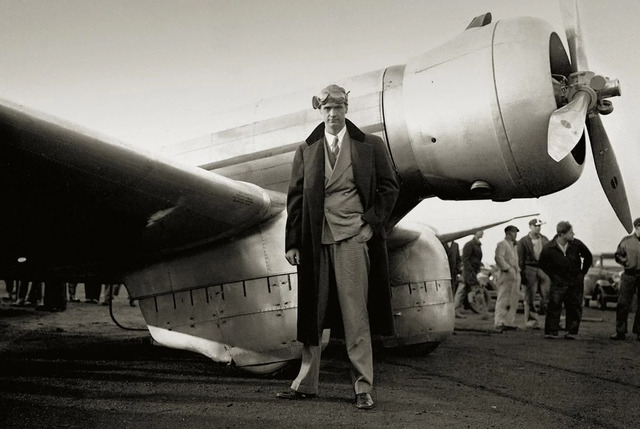
Legacy: The Enduring Impact of the H-4 Hercules
Though it never reached its full potential, the H-4 Hercules left a lasting legacy in the aviation world. It pushed the boundaries of what was possible in terms of aircraft size, construction materials, and technology. Many of the innovations developed for the Hercules, such as the hydraulic control systems and lightweight electrical systems, would later influence the design of future aircraft.
Today, the Hercules is preserved at the Evergreen Aviation Museum in McMinnville, Oregon, where visitors can marvel at the sheer scale of this engineering marvel. It remains the largest flying boat ever built and serves as a testament to the audacity and vision of Howard Hughes.
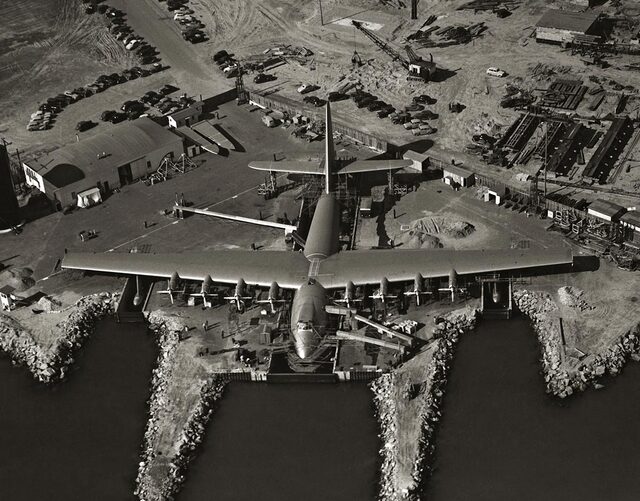
Video
Watch the video for a detailed tour of the Spruce Goose, the Hughes H-4 Hercules! Don’t miss this fascinating exploration of one of aviation’s most famous aircraft.
Conclusion: A Monument to Ambition and Innovation
The story of the H-4 Hercules is one of ambition, perseverance, and the relentless pursuit of the impossible. Howard Hughes’s vision to build the world’s largest aircraft against all odds remains one of aviation’s most fascinating tales. The one and only flight of the Hercules may have been brief, but it proved that even the most improbable ideas can sometimes take flight. Today, the Hercules stands as a monument to Hughes’s indomitable spirit, reminding us that the greatest achievements often begin with a leap of faith into the unknown.
